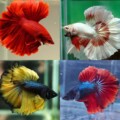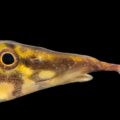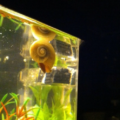The Feathertail Betta species is an offshoot of the more popular Rosetail and Halfmoon variants. Come learn the distinctive features that set it apart and how to take care of this ornamental aquarium fish.

Introduction
Fancy Betta splendens, like the Feathertail Betta Fish, is a top choice as a centerpiece species for ornamental aquariums due to its unique appearance. There are various species to choose from based on their physical characteristics and needs.
Experts and enthusiasts use Betta fish tail types to distinguish each variant and identify them in the wild. However a lot of people are often mistaken because the Feathertail Betta species shares similarities with the Halfmoon and Rosetail variants.
It has an extravagant frilly tail resembling a feather. Other important Feathertail Betta facts in this guide will help you identify this species and provide the necessary care to prolong its life in good health easily.
Author’s Note: Check out our post on the The Top 10 Most Popular Betta Fish for even more beautiful Betta varieties!
Recognizing Feathertail Traits and Size

Like other species in this family, the feathertail variant has a unique Betta morphology. However, its similarities with the Rosetail and Halfmoon variants are due to genetic modification made to these species.
As an offshoot of the Rosetail species, Feathertail splendens inherited the distinct Betta tail genetics but with slight differences. The tail spreads in a half-moon shape but has the structural pattern of a feather fin.
The Feathertail Betta’s size is also smaller than the Halfmoon and Rosetail variants at 2.5 inches in length at maturity.
These genetic overlaps can confuse beginner aquarists, but with patience and the right information on what to look for, you’d easily identify the Feathertail Betta fish and care for it adequately.
Setting Up the Ideal Aquarium for Feathertail Bettas
When designing an aquarium setup for fancy bettas like the Feathertail species, you must provide adequate space and soft decor that is gentle on their delicate fins.
Stabilize the water temperature to match their natural habitat, set low water flow, and use soft decor to prevent tearing of their delicate fins.
Looking for inspiration, check out:
Tank Requirement

You can add floral decor to the tank, but ensure it doesn’t obstruct movement or harm your pet’s sensitive tail.
The Feathertail variant is sensitive to cramped spaces and dirty environments and prone to fin damage. To protect its fins, provide a medium to large tank with open swimming areas.
The ideal tank size would hold at least 5 gallons of water per 2.5-inch Feathertail Betta. No, Betta fish can not thrive in tiny cups of water, contrary to popular myths.
Water Requirements
Feathertail Bettas live in cool freshwater with a temperature of 78 – 80°F. You’ll also need a filtration device to keep the water pristine contrary to popular belief.
Use gentle filtration for bettas to prevent stressing them or sucking them into the system as it cleans the water. Maintaining consistent water parameters is key, Bettas thrive when,
| Parameter | Ideal Range | Notes |
|---|---|---|
| pH Level | 6.5 – 7.5 | Slightly acidic to neutral is best. Sudden pH swings should be avoided. |
| Ammonia | 0 ppm | Toxic even at low levels; must be zero at all times. |
| Nitrite | 0 ppm | Also highly toxic; should always be zero. |
| Nitrate | < 20 ppm | Safe in low amounts; regular water changes help control it. |
| Water Hardness (GH) | 3 – 4 dGH (50 – 70 ppm) | Moderately soft water is ideal. |
| Carbonate Hardness (KH) | 3 – 5 dKH (53 – 90 ppm) | Helps buffer pH and maintain stability. |
| Tank Size | Minimum 5 gallons | Larger tanks are easier to manage and better for Betta health. |
| Filtration | Gentle flow | Bettas prefer still or slow-moving water; use baffled or adjustable filters. |
| Water Change Frequency | 25–30% weekly | Helps maintain water quality and reduce toxin buildup. |
Be sure to use a Master Test Kit to routinely test your tank’s water quality then make adjustments as needed.
Author’s Note: Check out our post on The 7 Quietest Aquarium Filters for a comprehensive guide on choosing the right filtration system!
Decor and Substrate
Carefully choose the decor and substrate you’ll add to your Betta tank environment. Use only subtle pieces, such as fine sand or a soft sandy-soil mix for the substrate and smooth live plants like Amazon Swords, Java Ferns, and Christmas Moss, to beautify the tank.
Feeding and Nutrition: Enhancing Color and Health

The ideal nutrition for long-finned bettas strengthens their extravagant fins and gives them the energy to swim and flaunt. The Feathertail Betta prefers a protein-rich diet, this can include high-quality pellets and frozen or live foods for enrichment.
Add supplementary meals like Spirulina and Marigold powder, which are rich in carotenoids, to enhance your betta’s coloration.
One crucial part of the Feathertail Betta’s diet management is following a strict feeding frequency to prevent overfeeding and waste, which can lead to health complications, more on this in the next section. Feed them once to twice daily in a portion they can finish in under 5 minutes.
Author’s Note: For more on feeding your aquatic pets check out The Ultimate Guide to Fish Food: Pros and Cons & Best Choices!
Health Concerns in Feathertail Bettas: Prevention & Care
By providing top-notch maintenance for your pets, you can avoid common fancy Betta health problems such as fin rot, swim bladder disorder, and stress.
These illnesses often result from poor and negligent care, from environmental factors to dietary triggers.
Common ill health triggers include:
- Improper water flow
- Poor water conditions
- Incompatible tank mates
- Malnutrition or overfeeding
Be sure that Feathertail Betta’s environmental conditions do not include sharp edges, has adequate oxygenation, and is not cramped.
Preventing Illnesses and Treatments for Feathertail Betta Fish

Preventing betta diseases starts with providing an ideal living condition for your pets inside your tank. Ensure you maintain clean water practices can’t be repeated enough but also avoid your Betta getting physically injured.
Betta fin care tips include:
- Providing a spacious tank for easy movement
- Constantly checking for damage
- Using salves and healing solutions on injuries and
- Avoiding fin-nipping tank mates.
Breeding Feathertail Bettas: Is It Advisable?
Breeding the Feathertail variety is a gamble because it’s already an offshoot of two genetic modifications. You risk Betta breeding complications, such as physical deformities, such as tail branching and unusual personality traits.
However, intermediate to advanced aquarist, can successfully reproduce this variant with selective betta pairing.

Here are tips to help you achieve success:
- Breeding only Feathertail Bettas leads to having short-finned variants
- Pair your Feathertail Bettas with a Halfmoon or Rosetail Betta variant to maintain their extravagant tail fins
- Prepare a bubble nest of 15 to 20 gallons of water for the breeding pair.
- Set the temperature to 75 – 82°F to prepare their bodies for breeding.
- Increase their diet to protein-rich foods at least two weeks ahead of breeding.
- After spawning, separate the breeders from their eggs.
It’s better to buy juvenile Feathertail Bettas from the open market and raise them than to attempt breeding this species alone without experience.
Comparing Feathertail to Other Betta Types
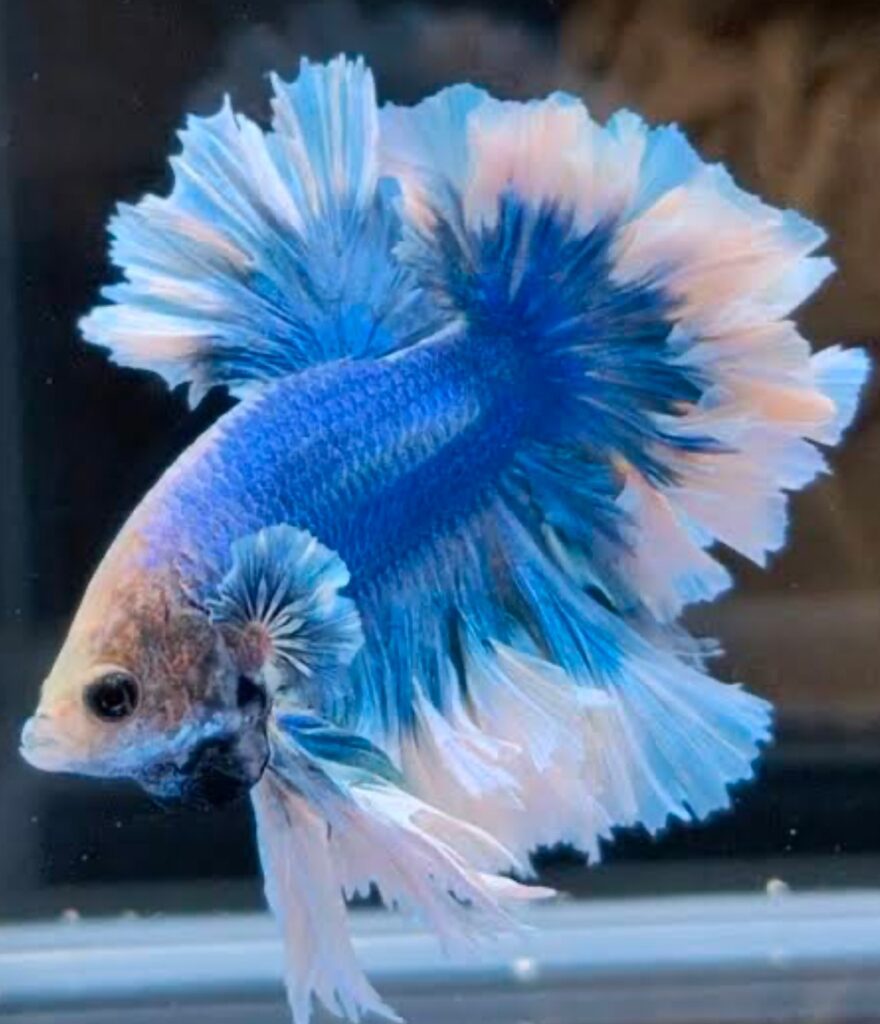
This section of the guide is for beginners and intermediate aquarists who struggle to distinguish between Betta species.
We’ll use the classic Betta tail comparison to help you identify distinctive patterns and shapes on similar Bettas to Feathertail, starting with the Rosetail variant.
Author’s Note: Check out our post on the 9 Extremely Rare Types of Betta Fish for more beautiful Betta varieties!
Feathertail vs Rosetail Betta

| Betta Species | Feathertail | Rosetail |
| Tail Structure | Ruffled Feathered Tail fin | Excessive branching Longer than Feathertail |
| Care Needs | Compact aquarium space. At least 5 gallons Gentle flow Soft Decor | Wider space with a minimum of 10 – 15 gallons Highly sensitive and prone to fin rot from damage |
Feathertail vs Halfmoon Betta

| Betta Species | Feathertail | Halfmoon |
| Tail Structure | Asymmetrical Not as wide as 180 degrees | Symmetrical 180-degree spread |
| Care Needs | Moderate to Low Flow Minimum of 5 gallons | Low Flow 78 – 80 Minimum of 10 gallons |
Feathertail vs Crowntail Betta
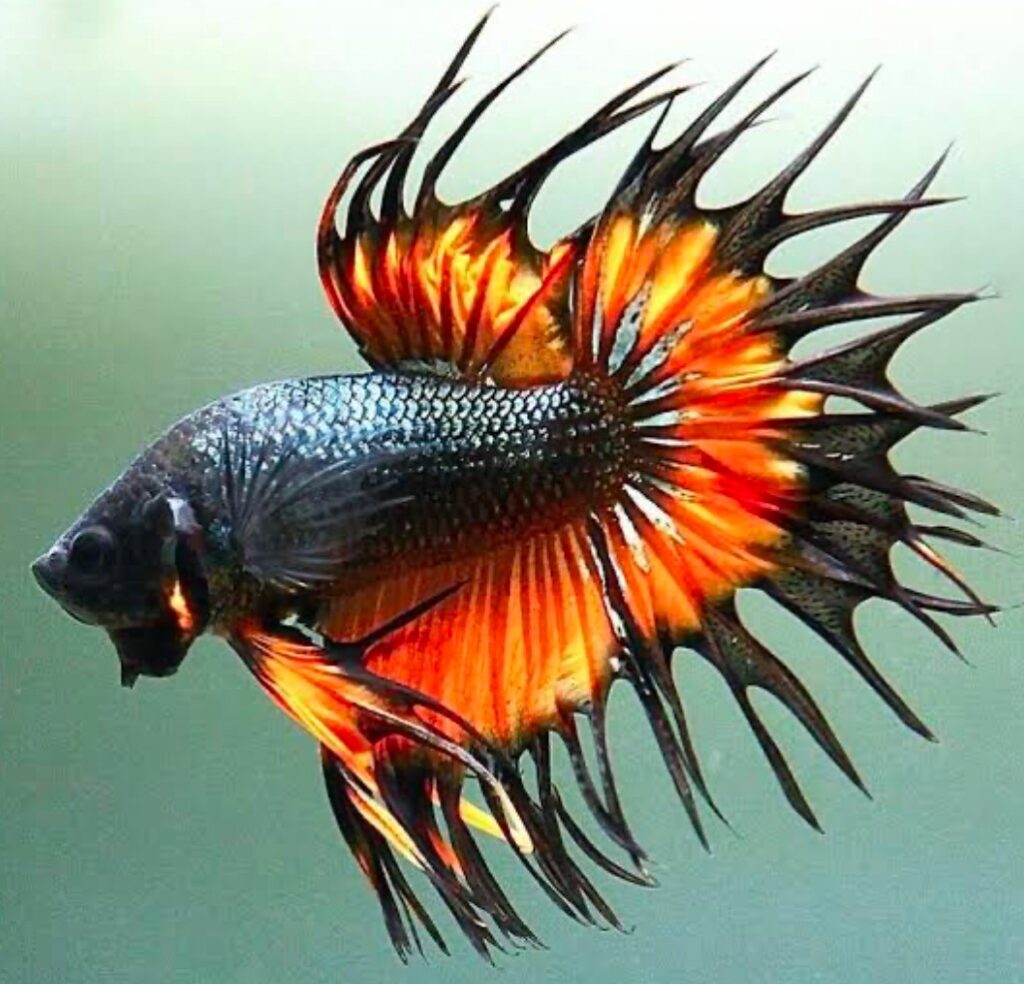
| Betta Species | Feathertail | Crowntail |
| Tail Structure | Broad with sharp edges Shorter and tight knit | Narrow and Sharp Longer than Feathertail with less webbing between spiked rays |
| Care Needs | Moderate filtration Delicate fins | Strong filtration Less prone to fin rot or damage |
With these Betta varieties explained, distinguishing between look-alike Betta splendens is easy.
Safe Tank Mates for Feathertail Bettas
Always follow tested and trusted aquarium compatibility tips when choosing companions for your Feathertail Bettas in a community tank. It’s the best way to maximize their lifespan and ensure a harmonious relationship between all tank occupants.
Some compatible tank mates for Feathertail Bettas include peaceful bottom dwellers like Corydoras and snails who won’t compete for attention, space, or food.
Choosing these peaceful fish for betta tanks reduces the risk of fin-nipping and stress caused by aggressive species.
Author’s Note: For more on Betta tankmates checkout The 13 Popular Betta Tankmates for a 5 Gallon Aquarium!
Conclusion: Is the Feathertail Betta Right for You?
You’re now at the end of this Fancy Betta fish guide, and you can agree that choosing a Betta splendens species requires careful thought and planning.
When deciding if this species is the right fit for you, you must look beyond its visually dramatic appearance and rewarding personality to its moderate care needs and possible breeding requirements.
Like any other aquarium fish for display tanks, Feathertail Bettas need a proper setup to ensure health and fin integrity. Scroll up for details on providing optimal care for this species, and let us know how helpful the tips were to you in the comments.

